Polestar Shares Its EVs Impact On Our Climate

Polestar also calls out other players in the industry to be more transparent with the environmental impact of its vehicles.
It goes without saying that a not insignificant portion of the EV buying population has chosen so mainly because it is a more environmentally friendly alternative to the traditional fuel-burning cars of yesteryear.
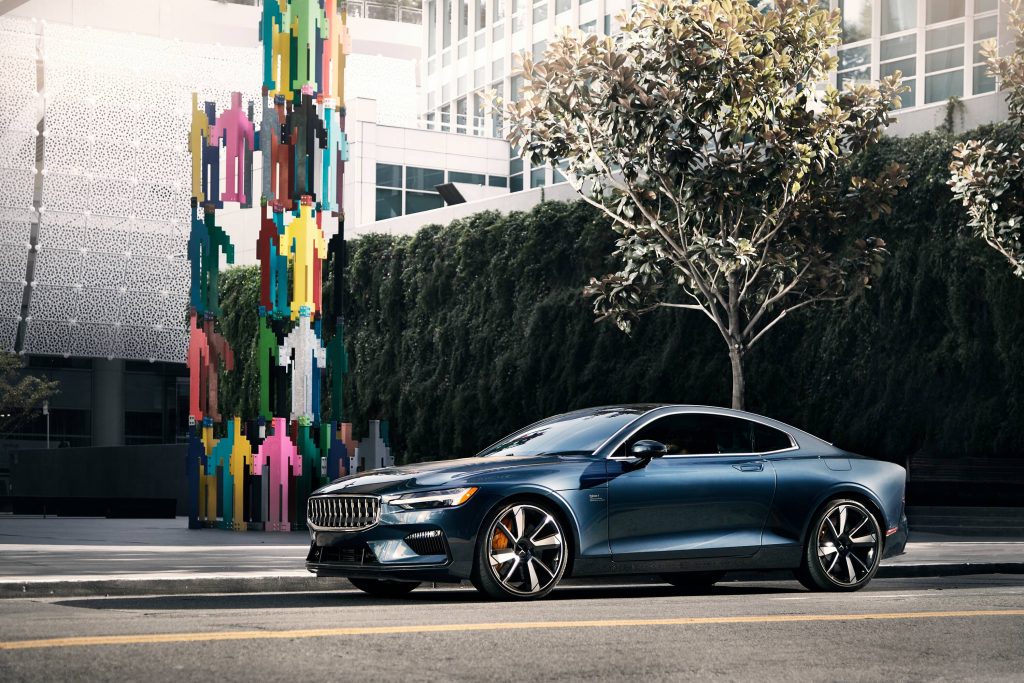
However, while EVs may indeed have no tailpipe carbon emissions. Detractors to the electric car revolution often claims that the manufacture and charging of EVs are still polluting activities. Thanks to Polestar however, some facts have been made public to better inform consumers in this debate.
In a bid to become the most transparent auto manufacturer in the industry, Polestar has announced its intention to publish the full details regarding the climate impact of its electric vehicles.
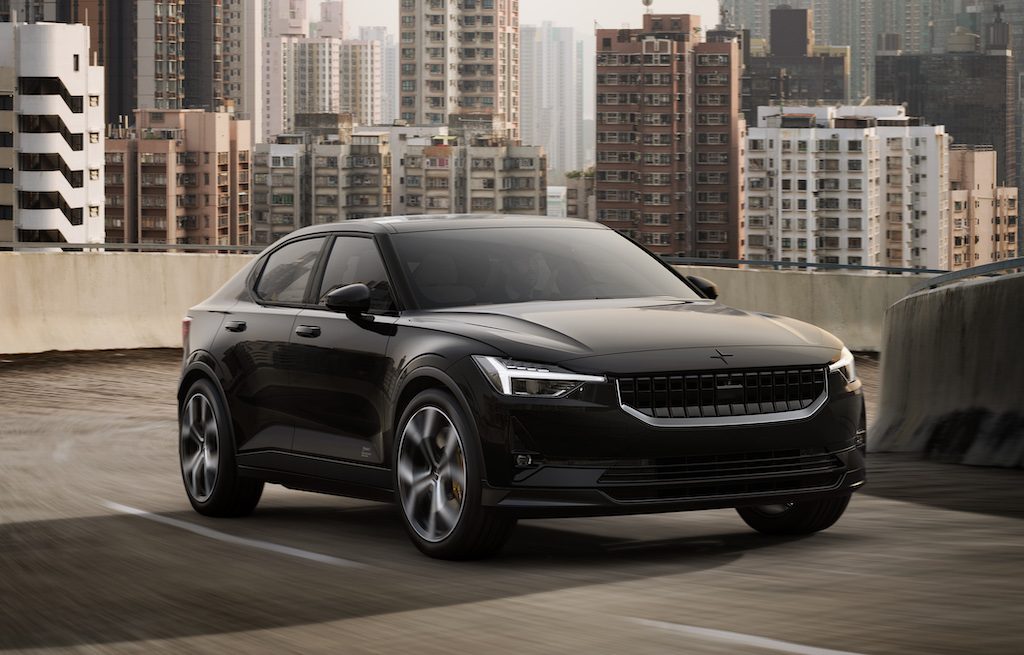
The Sino-Swedish EV upstart has announced today that as part of Polestar’s Life Cycle Assessment, it will publish both the climate impact of its EVs as it leaves the production line, and the total climate impact of the car over its predicted life cycle.

Based on the aforementioned assessment, both sides to the debate have got quantifiable figures to work with. For instance, Polestar has claimed that the production of its Tesla Model 3 rivalling Polestar 2 emits 24 tonnes of CO2. Meanwhile for a similarly sized fuel-burning Volvo XC40, the CO2 emissions during production is only 14 tonnes. The 10 ton advantage to the internal-combustion engined XC40 was attributed by Polestar to the ‘energy-intensive battery production process’. Something which has been long claimed by EV skeptics.

That said, Polestar has also published both the CO2 emissions during the useful life of both vehicles, using different sources of energy no less. The numbers from here on out may get confusing but the fact is that the petrol-powered XC40 will emit 41 tonnes of CO2 within its predicted lifespan. Whereas the Polestar 2 will only emit 0.4 tonnes to 23 tonnes of CO2 in the same time, depending on the source of electrical energy.

This then translates to the Polestar 2 breaking even with the conventional car within 50,000 km and 112,000 km of driving, with wind power generating the former figure and the global power mix being the latter.

What these figures prove is actually that both sides of the argument has some degree of truth. While EVs are more environmentally friendly in general, the high CO2 emissions during the production phase requires a long time to offset the environmental damage incurred at the start of its life cycle. 50,000 km to 112,000 km of driving is equivalent to an average of a 3-5 year time span.
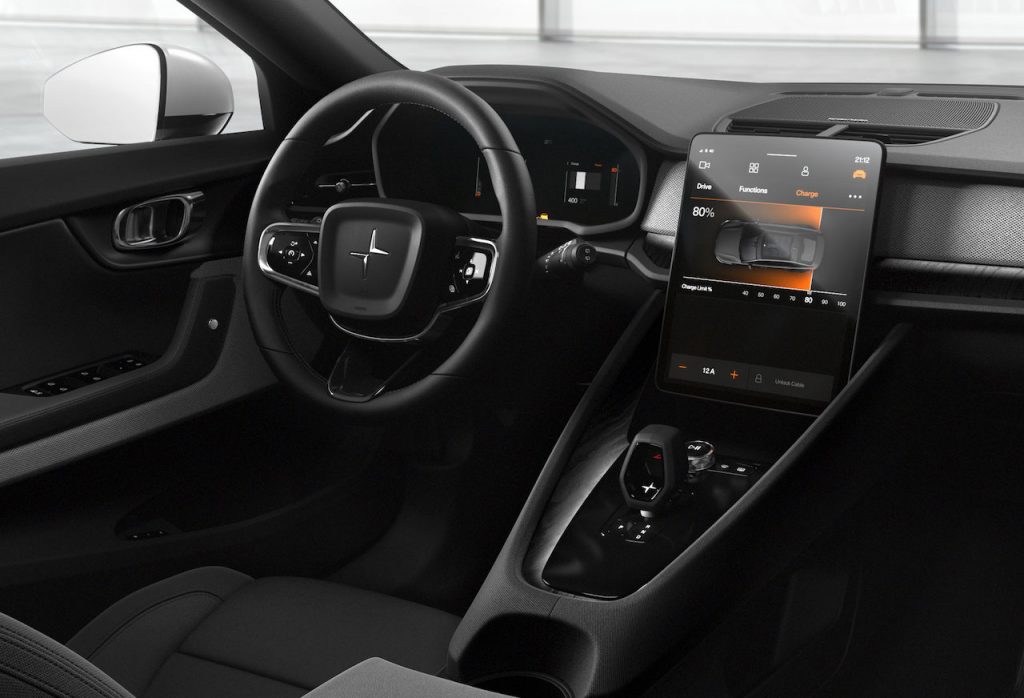
Polestar hopes that this data that has been made public will serve as a catalyst for other automakers in the industry to do the same. Hence allowing environmentally conscious consumers to make a more informed decision regarding their next car purchase.
On that same note however, it is astounding that despite the industry-wide claim to go green has yet to produce such concrete numbers as Polestar has. Judging from automakers constant attempts to cheat at emissions though, the ambition of going green may just be all talk and no action to most.

PRESS RELEASE: Polestar, the electric performance brand, will publish full details of the climate impact of its electric vehicles (EV). The company aims to be the most transparent in the automotive industry.
The Swedish company will from today reveal a headline number that shows the climate impact of its EVs as they leave the production line. Polestar’s complete Life Cycle Assessment goes further to show the total climate impact of the car over its life cycle.
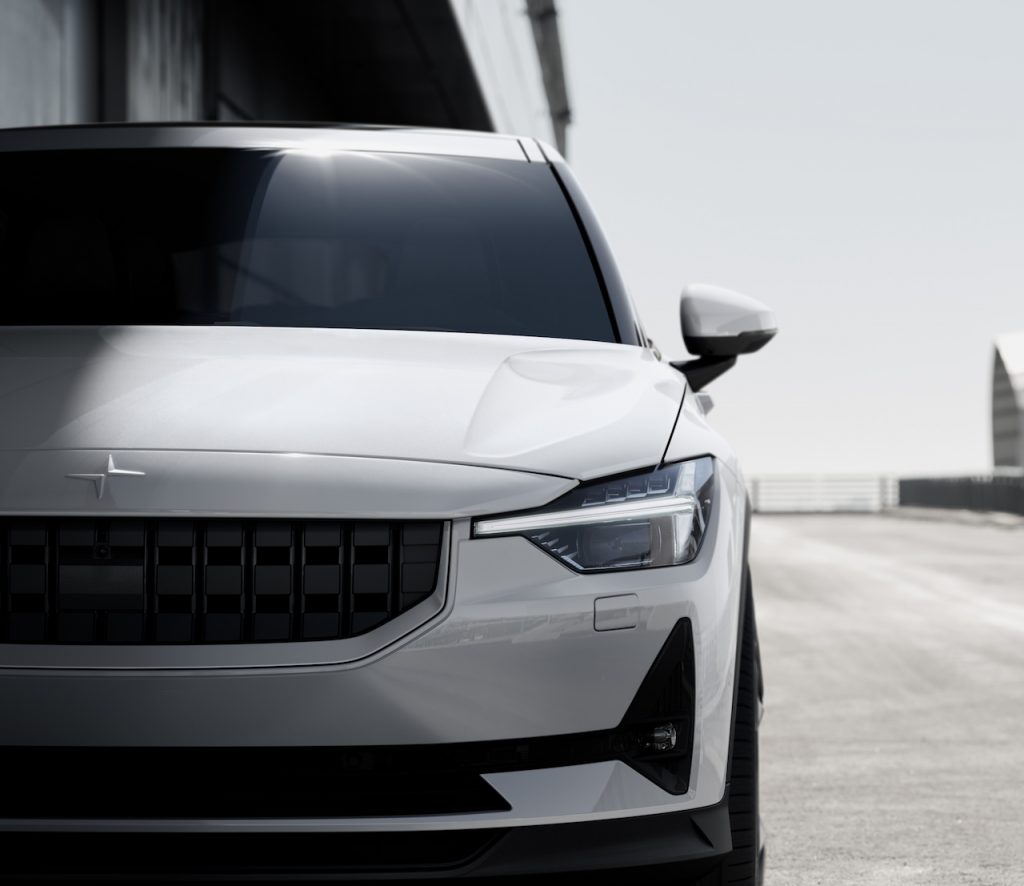
The move marks a significant shift for an industry that has struggled in recent years to convince consumers of its sustainability credentials and sets new standards for other car makers to follow.
“Car manufacturers have not been clear in the past with consumers on the environmental impact of their products,” says Thomas Ingenlath, Polestar CEO. “That’s not good enough. We need to be honest, even if it makes for uncomfortable reading.”
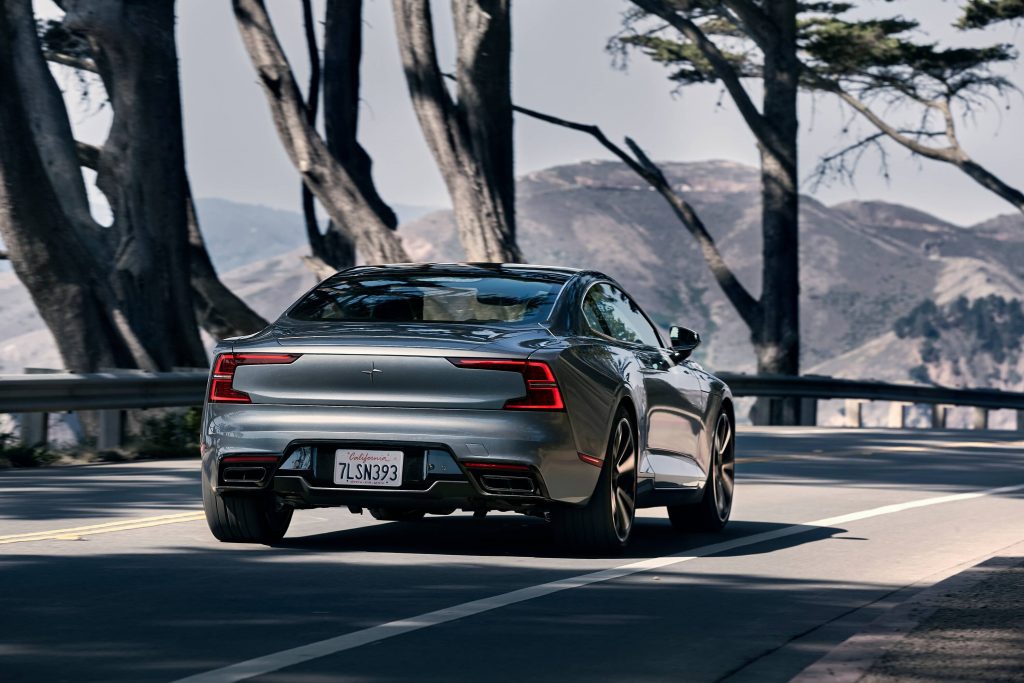
Using its own analysis, Polestar found the new Polestar 2 leaves the factory with a 26-tonne carbon footprint. Compared to a Volvo XC40 with a petrol internal combustion engine, Polestar 2 has a larger footprint in the manufacturing phase, mainly due to the energy-intensive battery production process.
Once the EV reaches the customer, if charged with green energy, further CO2e emissions are negligible. After 50,000 km of driving, the fossil fuel car surpasses the EV in total CO2e emissions.
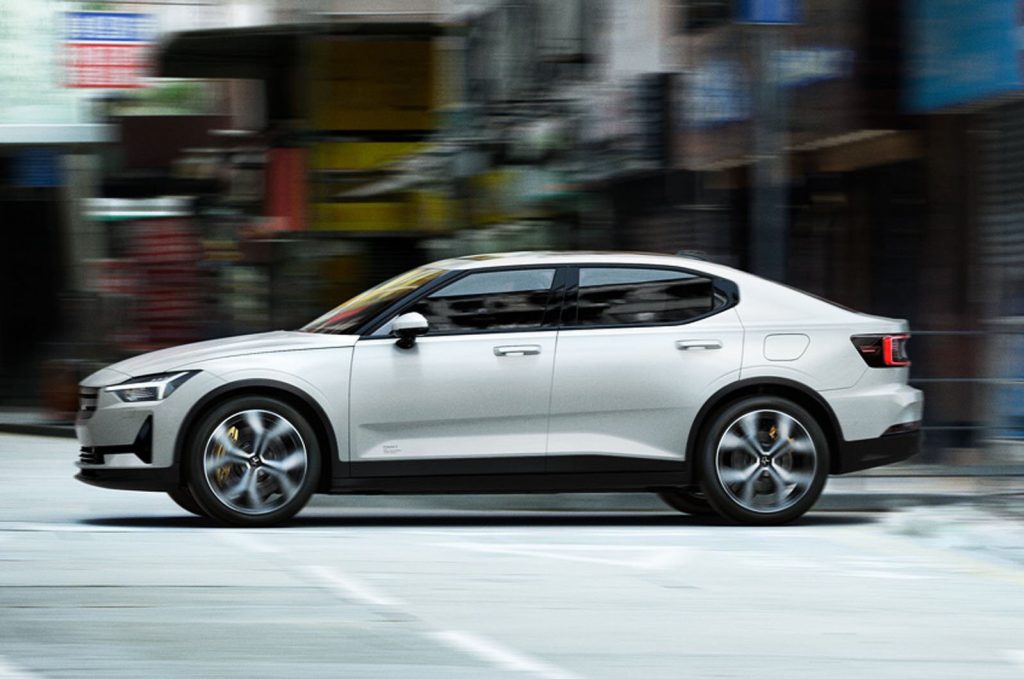
“The message is clear,” says Thomas Ingenlath. “Electric vehicles offer a route to climate neutrality and we will use the insights from this report to reach that goal.”
Polestar points at the disturbing lack of transparency across the industry, as it is today impossible for a consumer to compare the climate impact of different cars.
One significant issue is that there is a range of different calculations used for Life Cycle Assessments by various car makers. Polestar is sharing its entire methodology and is now asking other car makers to open up and be more transparent.
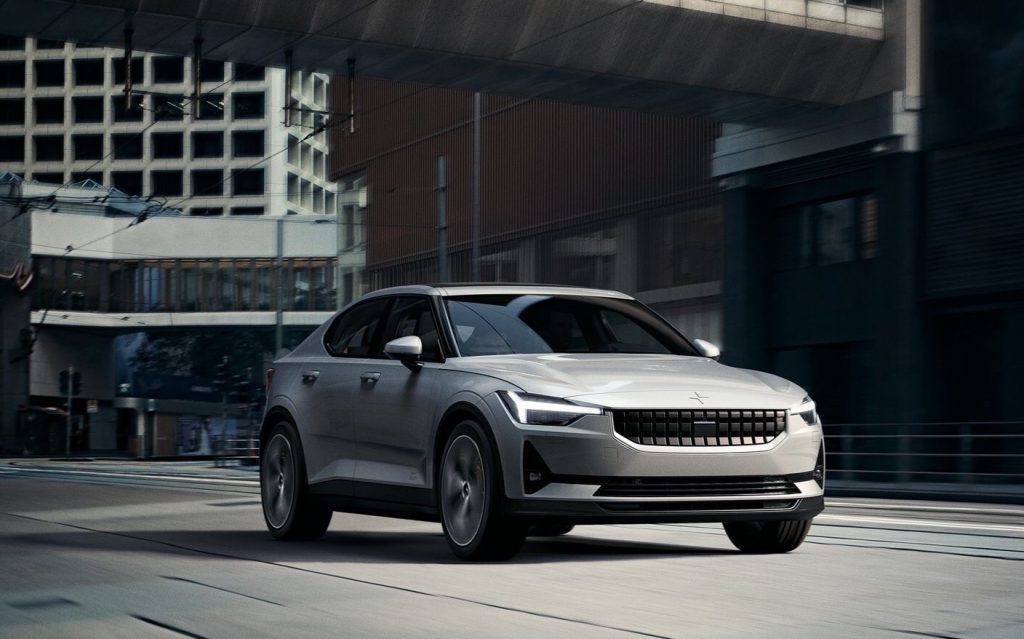
“Fragmentation will only lead to confusion. Car manufacturers have to come together and be more transparent,” says Fredrika Klarén, Head of Sustainability at Polestar. “What we’re saying at Polestar is, As an industry, let’s help consumers make the right choice.”
The full methodology for Polestar’s Life Cycle Assessment and the analysis of the Polestar 2 carbon footprint can be found here.





